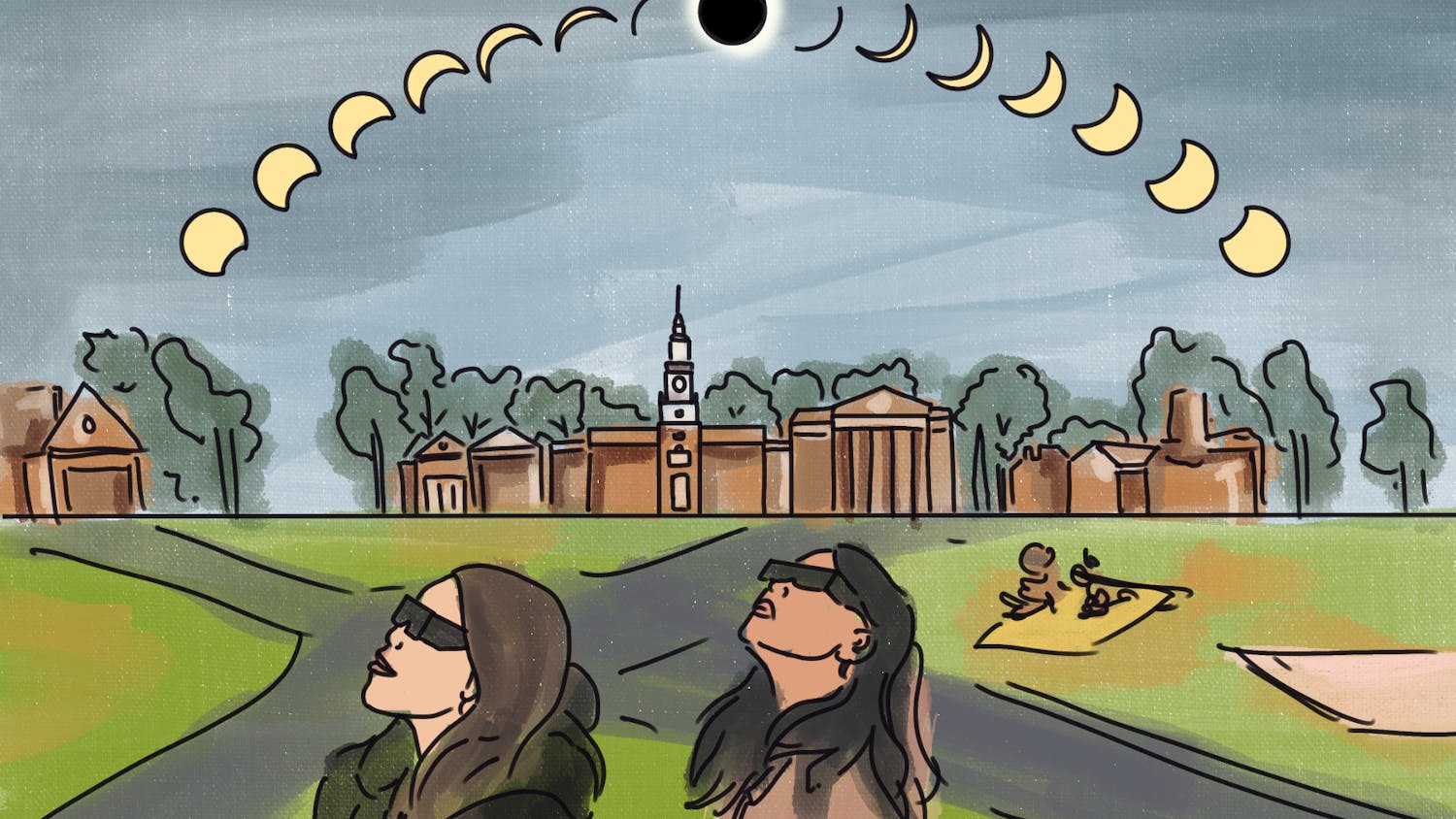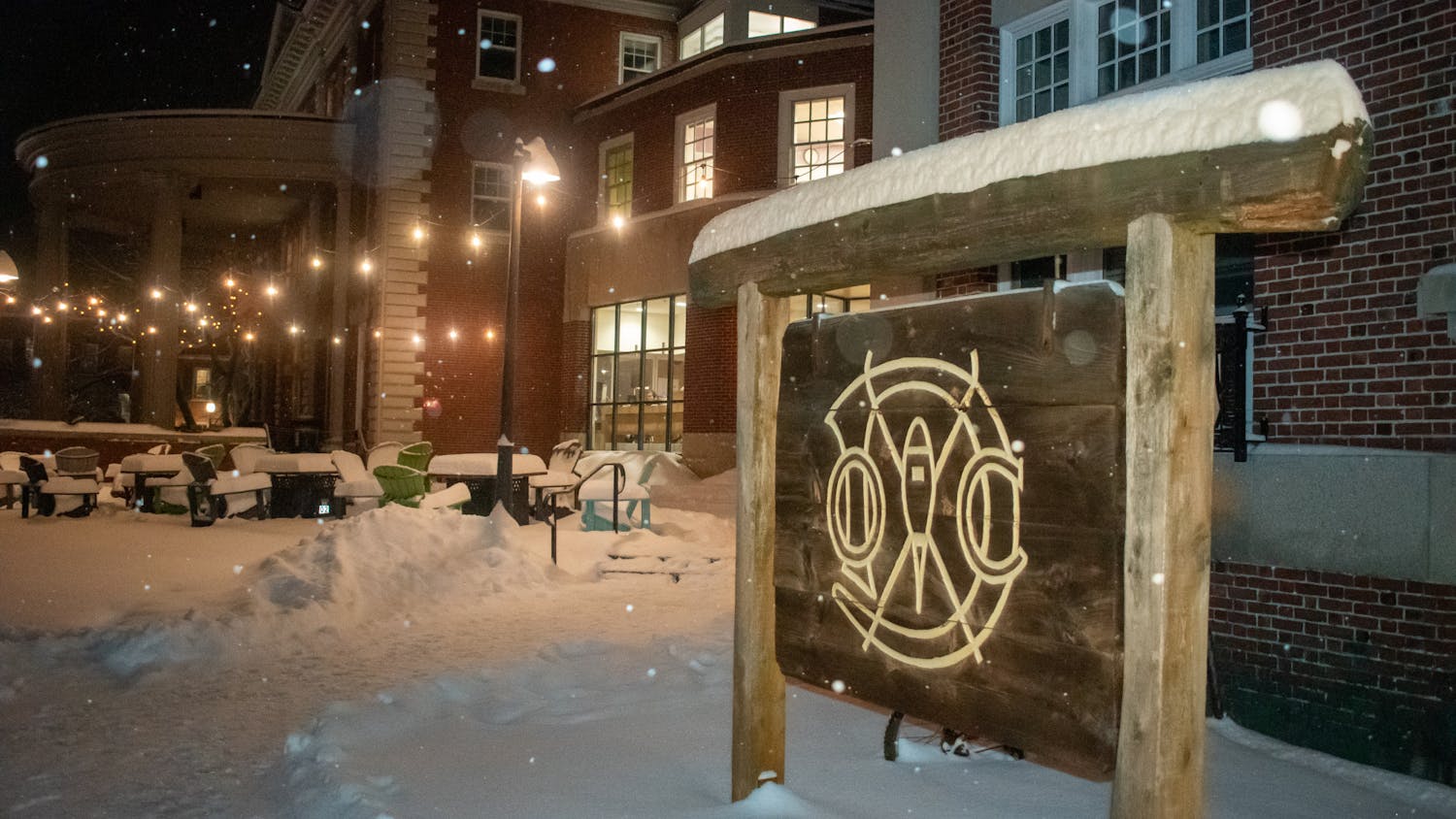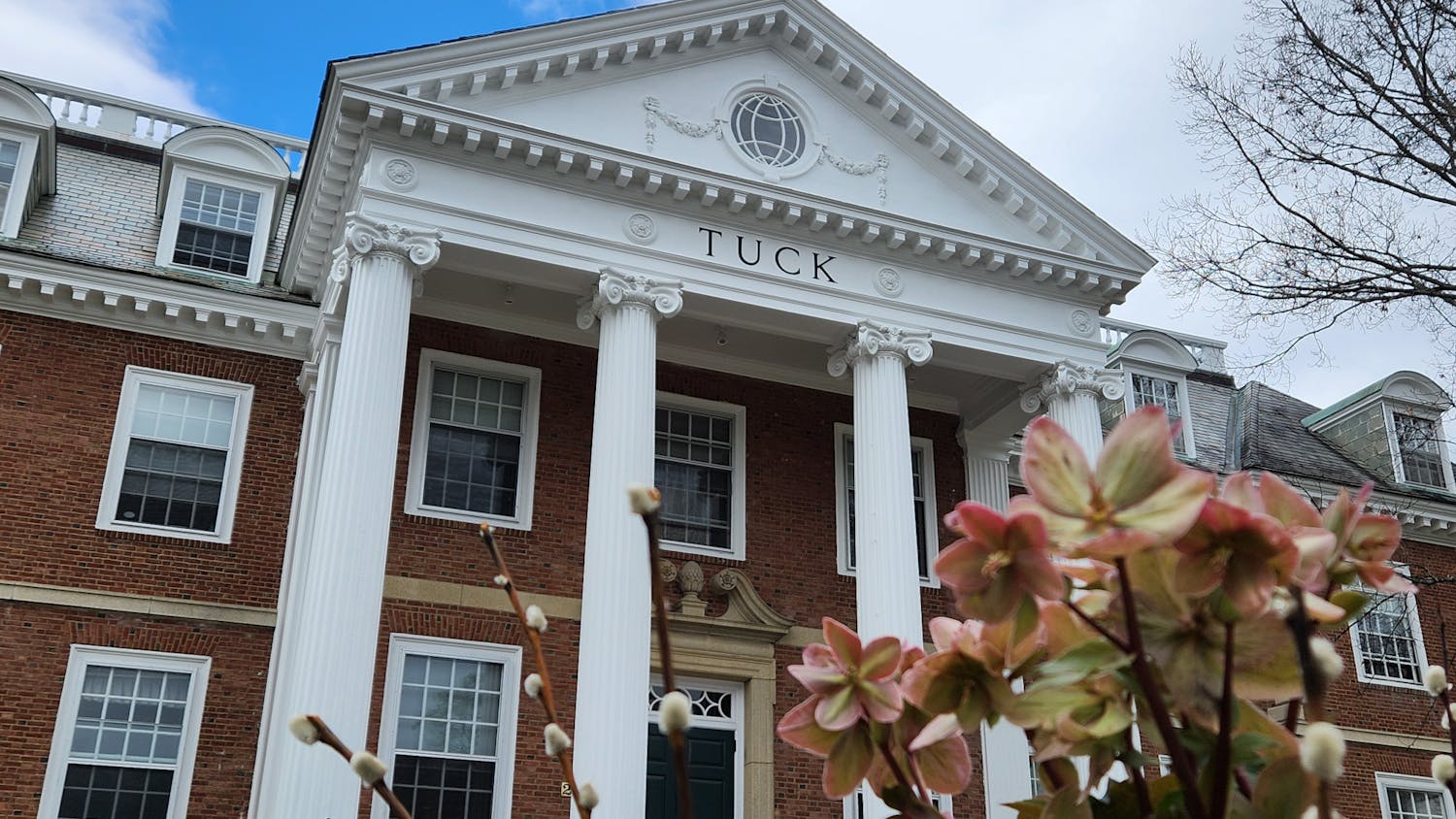The theme for this week’s issue is conformity, and I feel like I don’t have much to say on the matter — or that everything I would have to say has been said already, or better, by everyone else. (Ha!) So, instead, here’s a piece I’m working on for my writing class. It’s about the Green. At first I thought I’d tie it to conformity by going the etymological route — maybe conformity and comfort have the same etymological roots?
Alas, they do not. Comfort comes from com-fortis, meaning strong. Conform comes from con- and formare, meaning to form. Well. Now we know.
The Green: Mostly being here reminds me of summer camp. This past Sunday, the Jewish women in my sorority had a Passover brunch. We ate matzo brei and macarons and as an introduction went around in a circle saying name, hometown, name of our rabbi and name of our summer camp. It is a very Jewish — specifically, northeastern-Jewish-liberal-and-attached-to-Israel-catskill-area-1880s-immigrant-family — thing to do. I went to YMCA Camp Mohawk, which was in fact a YMCA camp, meaning not Jewish, but all-girls with a sort of Christian lilt, meaning we said grace before every meal.
At the end of the summer, after banquet, everyone would go down to the waterfront and the counselors would do an “Indian Ceremony,” in which they dressed up and painted themselves brown to enact some sort of ritual done by the ancient Nipmuks, Chipmuks and Peaquots — or so the camp director, Fran, told us. To make matters worse, most of the counselors were Brits on their year abroad, so they’d take part in the brownface ceremony with posh English accents.
The camp had this big field that we’d use for softball, kickball and relay races; once a summer, when the meteor shower hit Connecticut, we would drag our sleeping bags out onto the field and fall asleep under the falling stars.
There was a game we would play on that field, a relay where girls would lay in lines on their stomachs. Whoever was at the end had to run down the center of the line as fast as they could and flop on their stomach, then whoever was at the other end had to get up and race, and so on. The memory is not sharp, but it is one of sweat and laughter, grass stains and unbridled bliss.
How the camp got more than 100 people to do a brownface ceremony, I don’t know. How no one protested, I don’t know either. It is strange to feel such nostalgia for a place that did not question its blatant racism. I suppose this feeling is a condition of being white in the United States.
But back to the Green. In the springtime or on warm days in the fall, I’ll lay down on the Green with a book, some papers and zero intention of reading. Oriented toward the sun, I’ll let myself sleep. It’s a deep sleep, where my body doesn’t seem to care that I am in public.
I read recently that trees aren’t sad about autumn. I vacillate on this line, go from thinking it’s graceful to thinking it’s presumptuous, and back again. How do we know that trees don’t mourn the fall?
Back to the Green. I google “history of the green dartmouth.” A Wikipedia page!
The page reads: “The land on which the Green sits was originally a pine forest, with some trees ... high enough to block out the sun. The process of clearing the pines was begun in 1770 by the newly founded Dartmouth College. The village plan of Hanover was laid out the following year and included as its central feature an open square of 7.5 acres. Even though the land had been cleared, many tree stumps remained until 1831; for a long period, it was a Dartmouth tradition for the graduating class to remove one stump.”
Last year in a theater class we went to Rauner and looked at the history of black theater at Dartmouth College. There was Errol Hill and a brief August Wilson residency, and before that, an annual tradition of upperclassmen hazing freshmen by posing in chariots with whips, and the freshmen acting as their slaves, complete with, yes, blackface. Granted this was in the early 1900s, so it is largely indicative of dress-up at the time. But again we have the glory of the past, thick with the oily smell of shoe polish.
Anyone studying or working in American theater needs to know about minstrel shows; they are central to the development of the art form. Over the summer, as part of my education, I worked in Manhattan at a place called New Dramatists, which is housed in an old church on 44th Street between 9th and 10th Avenue. It was summer in the city and the heat was brutal and they were doing construction in Times Square and I would pass the Port Authority and it smelled like Port Authority and there was a homeless guy on every block and of course I am not saying that I am more upset by homelessness than they are — obviously it’s a terrible thing to be homeless. I only hope to paint an accurate picture of the landscape, and I say “landscape” because that makes them fixtures, tied to the land, irregularities on the plain, sticking out like tree stumps on an otherwise flat surface.
That summer, on my lunch break, I would walk the two and a half blocks to 12th Avenue, where there was a pier and kids playing on one of those patches of pavement that spouts up water. There was a little knoll with trees, and you could lay down in the shade and sense the water nearby and feel calm. Laying on the knoll by the pier took me back to the Green, which took me back to summer camp. This feeling of back on grass is a wonderful feeling, fraught as it is.



